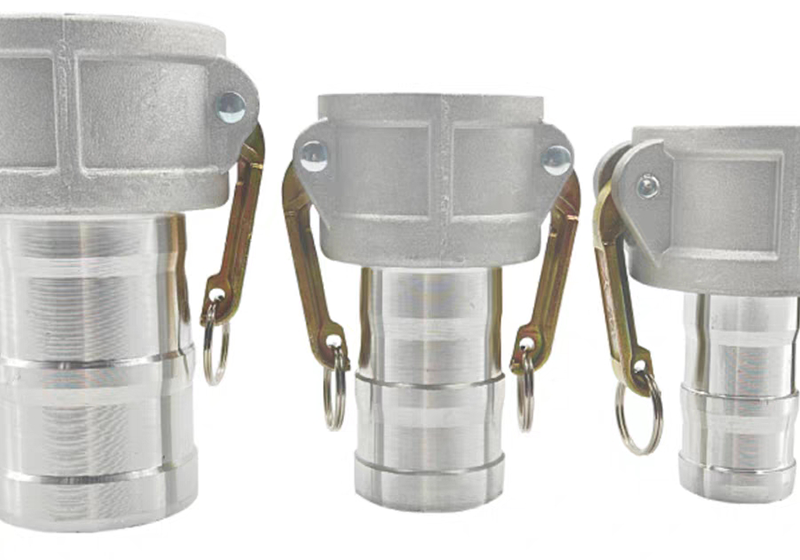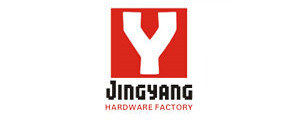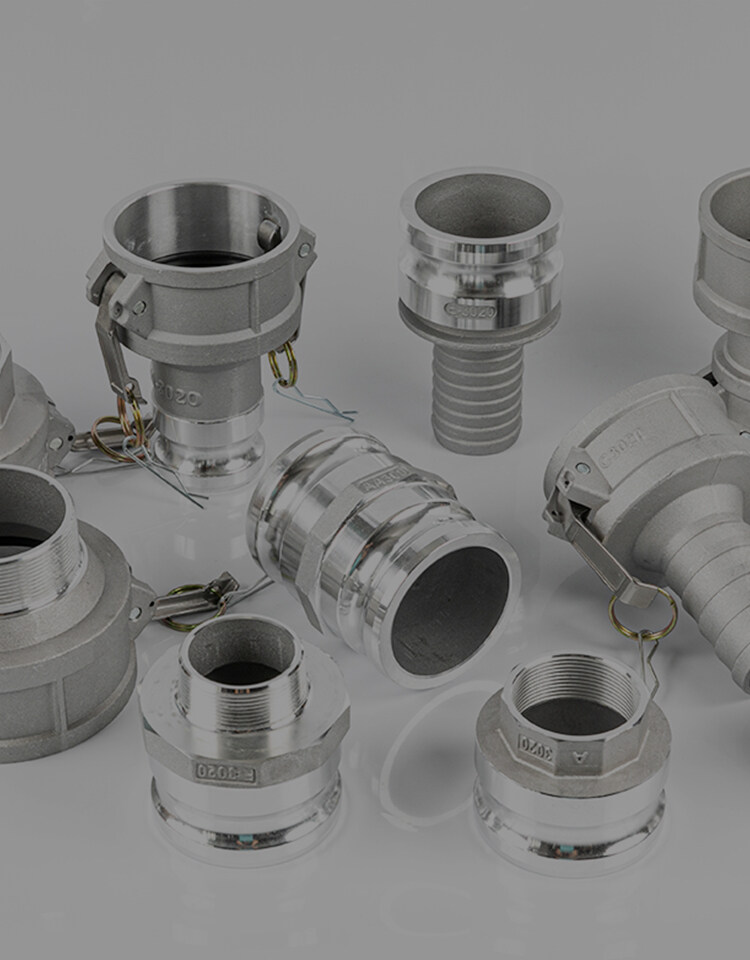Errore nel formato dell'e-mail
emailCannotEmpty
emailDoesExist
pwdLetterLimtTip
inconsistentPwd
pwdLetterLimtTip
inconsistentPwd

Notizia
Qui, puoi descrivere un pezzo di testo che vuoi esprimere

Stainless Steel Hydraulic Tube Fittings: The Ultimate Guide
Hydraulic systems are widely used in various industries, and the quality and reliability of the fittings used in these systems play a crucial role in their performance. In this comprehensive guide, we will explore the world of stainless steel hydraulic tube fittings, their types, applications, and the factors to consider when choosing the right fittings for your hydraulic system.
Chapter 1: Understanding Stainless Steel Hydraulic Tube Fittings
1.1 What are Stainless Steel Hydraulic Tube Fittings?
They are components used to connect and seal hydraulic tubes in a hydraulic system. These fittings are made from high-quality stainless steel, which offers excellent corrosion resistance, strength, and durability. They are designed to withstand high-pressure environments and ensure leak-free connections.
1.2 Why Choose Stainless Steel Hydraulic Tube Fittings?
There are several reasons why the hydraulic tube fittings are preferred in hydraulic systems. Firstly, stainless steel offers exceptional corrosion resistance, making it suitable for use in various environments, including those with exposure to chemicals or moisture. Secondly, stainless steel fittings have high strength and durability, ensuring long-lasting performance even under extreme conditions. Additionally, stainless steel has excellent temperature resistance, allowing it to withstand both high and low temperatures without compromising its integrity. Lastly, stainless steel fittings have an aesthetic appeal, making them suitable for applications where appearance matters.
1.3 Types of Stainless Steel Hydraulic Tube Fittings
1.3.1 Stainless Steel Camlock Hose Fittings
Stainless steel camlock hose fittings are quick-connect couplings used to connect hoses to pipes or other fittings. They are commonly used in applications where frequent connections and disconnections are required, such as in the food and beverage industry. These fittings have a cam and groove design, allowing for easy and secure connections.
1.3.2 Metric Hydraulic Tube Fittings
Metric hydraulic tube fittings are designed to meet the specific requirements of metric-sized hydraulic systems. These fittings are available in various configurations, including straight connectors, elbows, tees, and adapters. They ensure a reliable connection between metric-sized hydraulic tubes, providing efficient fluid transfer.
1.3.3 Hydraulic Pipe Fitting Supplier
A hydraulic pipe fitting supplier is a company that specializes in manufacturing and supplying hydraulic fittings. These suppliers offer a wide range of hydraulic tube fittings, catering to different system requirements. They ensure the quality and reliability of their fittings through rigorous testing and adherence to industry standards.
1.3.4 China Grooved Pipe Fittings
China grooved pipe fittings are a type of hydraulic tube fittings that feature a grooved design. These fittings are commonly used in fire protection systems, as they allow for quick and easy installation without the need for welding or threading. The grooved design ensures a secure connection and prevents leaks.
1.3.5 Hydraulic Pipe Fittings Factory
A hydraulic pipe fittings factory is a manufacturing facility that produces the hydraulic tube fittings. These factories utilize advanced machinery and techniques to produce high-quality fittings in large quantities. They follow strict quality control measures to ensure that their fittings meet the required standards and specifications.
Chapter 2: Advantages of Stainless Steel Hydraulic Tube Fittings
2.1 Corrosion Resistance
One of the significant advantages is their excellent corrosion resistance. Stainless steel contains chromium, which forms a protective oxide layer on the surface, preventing corrosion and rusting. This makes stainless steel fittings suitable for use in harsh environments, such as marine or chemical industries.
2.2 High Strength and Durability
They are known for their high strength and durability. Stainless steel has a high tensile strength, allowing the fittings to withstand high-pressure environments without deformation or failure. Additionally, stainless steel fittings have excellent resistance to mechanical stress, ensuring their longevity and reliability.
2.3 Temperature Resistance
They exhibit excellent temperature resistance, making them suitable for use in both high and low-temperature applications. They can withstand extreme heat or cold without losing their structural integrity or performance. This makes stainless steel fittings ideal for industries such as oil and gas, where temperature variations are common.
2.4 Aesthetic Appeal
In addition to their functional advantages, they also offer an aesthetic appeal. The smooth and polished surface of stainless steel fittings gives them a clean and professional look, making them suitable for applications where appearance matters, such as in architectural or decorative installations.
2.5 Easy Installation and Maintenance
They are designed for easy installation and maintenance. They often feature standardized connection types, such as NPT (National Pipe Thread) or JIC (Joint Industry Council), which allow for quick and secure connections. Additionally, stainless steel fittings require minimal maintenance, as they are resistant to corrosion and do not require frequent replacements.
Chapter 3: Applications of Stainless Steel Hydraulic Tube Fittings
3.1 Automotive Industry
The automotive industry extensively uses the hydraulic tube fittings in various applications, including brake systems, power steering, and suspension systems. The corrosion resistance and high strength of stainless steel fittings ensure the safety and reliability of these critical automotive components.
3.2 Aerospace Industry
In the aerospace industry, the hydraulic tube fittings are used in hydraulic systems for aircraft landing gear, flight control systems, and hydraulic actuators. The high-performance requirements of the aerospace industry demand the use of reliable and durable fittings, making stainless steel an ideal choice.
3.3 Oil and Gas Industry
The oil and gas industry relies heavily on hydraulic systems for drilling, extraction, and transportation processes. They are used in these systems to ensure leak-free connections and withstand the harsh conditions encountered in offshore and onshore operations.
3.4 Construction Industry
In the construction industry, they are used in various applications, such as cranes, excavators, and hydraulic lifts. These fittings provide the necessary connections for hydraulic cylinders, valves, and pumps, enabling the efficient operation of construction machinery.
3.5 Manufacturing Industry
The manufacturing industry utilizes hydraulic systems for various processes, including material handling, machine tools, and robotics. They play a vital role in these systems, ensuring the smooth and reliable operation of hydraulic components.
Chapter 4: Factors to Consider When Choosing Stainless Steel Hydraulic Tube Fittings
4.1 Pressure Rating
When selecting the hydraulic tube fittings, it is essential to consider the pressure rating required for your specific application. The pressure rating determines the maximum pressure that the fitting can withstand without failure. It is crucial to choose fittings that can handle the operating pressure of your hydraulic system to ensure safety and performance.
4.2 Size and Compatibility
The size and compatibility are critical factors to consider. The fittings should match the size of the hydraulic tubes and other components in the system. It is essential to ensure that the fittings are compatible with the existing system to avoid leaks or improper connections.
4.3 Material Grade
They are available in different material grades, such as 304 and 316 stainless steel. The material grade determines the corrosion resistance and strength of the fittings. It is important to choose the appropriate material grade based on the environmental conditions and the specific requirements of your application.
4.4 End Connection Types
They come in various end connection types, such as NPT, JIC, or SAE (Society of Automotive Engineers). The end connection type should match the requirements of your hydraulic system and ensure a secure and leak-free connection.
4.5 Environmental Factors
Consider the environmental factors that the hydraulic tube fittings will be exposed to. Factors such as temperature, humidity, chemicals, and vibrations can affect the performance and longevity of the fittings. Choose fittings that are specifically designed to withstand the environmental conditions of your application.
Chapter 5: Installation and Maintenance of Stainless Steel Hydraulic Tube Fittings
5.1 Proper Installation Techniques
Proper installation techniques are crucial for the optimal performance. It is important to follow the manufacturer’s guidelines and use the recommended tools and equipment for installation. Ensure that the fittings are tightened to the specified torque to prevent leaks or damage.
5.2 Regular Inspection and Maintenance
Regular inspection and maintenance are essential to ensure the longevity and reliability of stainless steel hydraulic tube fittings. Inspect the fittings for signs of wear, corrosion, or damage. Replace any fittings that show signs of deterioration. Additionally, perform regular maintenance tasks, such as cleaning and lubricating the fittings, to keep them in optimal condition.
5.3 Troubleshooting Common Issues
In the event of any issues with the hydraulic tube fittings, it is important to troubleshoot and resolve them promptly. Common issues include leaks, improper connections, or fittings coming loose. Identify the root cause of the problem and take appropriate measures to rectify it, such as tightening the fittings or replacing damaged components.
Chapter 6: Finding the Right Supplier for Stainless Steel Hydraulic Tube Fittings
6.1 Researching Potential Suppliers
When looking for a supplier of stainless steel hydraulic tube fittings, it is important to conduct thorough research. Look for suppliers with a good reputation and extensive experience in the industry. Read customer reviews and testimonials to gauge the quality of their products and services.
6.2 Evaluating Quality and Certifications
Ensure that the supplier offers high-quality stainless steel hydraulic tube fittings that meet industry standards and certifications. Look for certifications such as ISO 9001, which ensures that the supplier follows strict quality control measures. Additionally, inquire about the material testing and inspection processes to ensure the reliability of the fittings.
6.3 Pricing and Delivery Options
Consider the pricing and delivery options offered by the supplier. Compare prices from different suppliers to ensure that you are getting a competitive price for the fittings. Additionally, inquire about the delivery options and lead times to ensure that the fittings will be delivered within your required timeframe.
6.4 Customer Support and After-Sales Service
Choose a supplier that provides excellent customer support and after-sales service. A reliable supplier should be responsive to your inquiries and provide technical assistance when needed. Additionally, inquire about their return policy and warranty options to ensure that you are protected in case of any issues with the fittings.
Chapter 7: Frequently Asked Questions about Stainless Steel Hydraulic Tube Fittings
7.1 What is the difference between stainless steel and carbon steel hydraulic tube fittings?
They are made from stainless steel, which offers excellent corrosion resistance and strength. Carbon steel hydraulic tube fittings, on the other hand, are made from carbon steel, which is less resistant to corrosion but offers higher strength. The choice between stainless steel and carbon steel fittings depends on the specific requirements of the application.
7.2 Can stainless steel hydraulic tube fittings be used in high-pressure applications?
Yes, they are designed to withstand high-pressure applications. However, it is important to choose fittings with the appropriate pressure rating for your specific application to ensure safety and performance.
7.3 How do I ensure the compatibility of stainless steel hydraulic tube fittings with my existing system?
To ensure compatibility, it is important to consider factors such as size, end connection type, and material grade when selecting the hydraulic tube fittings. Consult with a hydraulic system expert or the supplier to ensure that the fittings are compatible with your existing system.
Conclusion
Stainless steel hydraulic tube fittings offer numerous advantages in terms of corrosion resistance, strength, and durability. By understanding the different types of fittings, their applications, and the factors to consider when choosing them, you can ensure the optimal performance and longevity of your hydraulic system. Remember to find a reliable supplier that offers high-quality fittings and provides excellent customer support. With proper installation, maintenance, and troubleshooting, you can maximize the efficiency and reliability of your hydraulic system for years to come.

